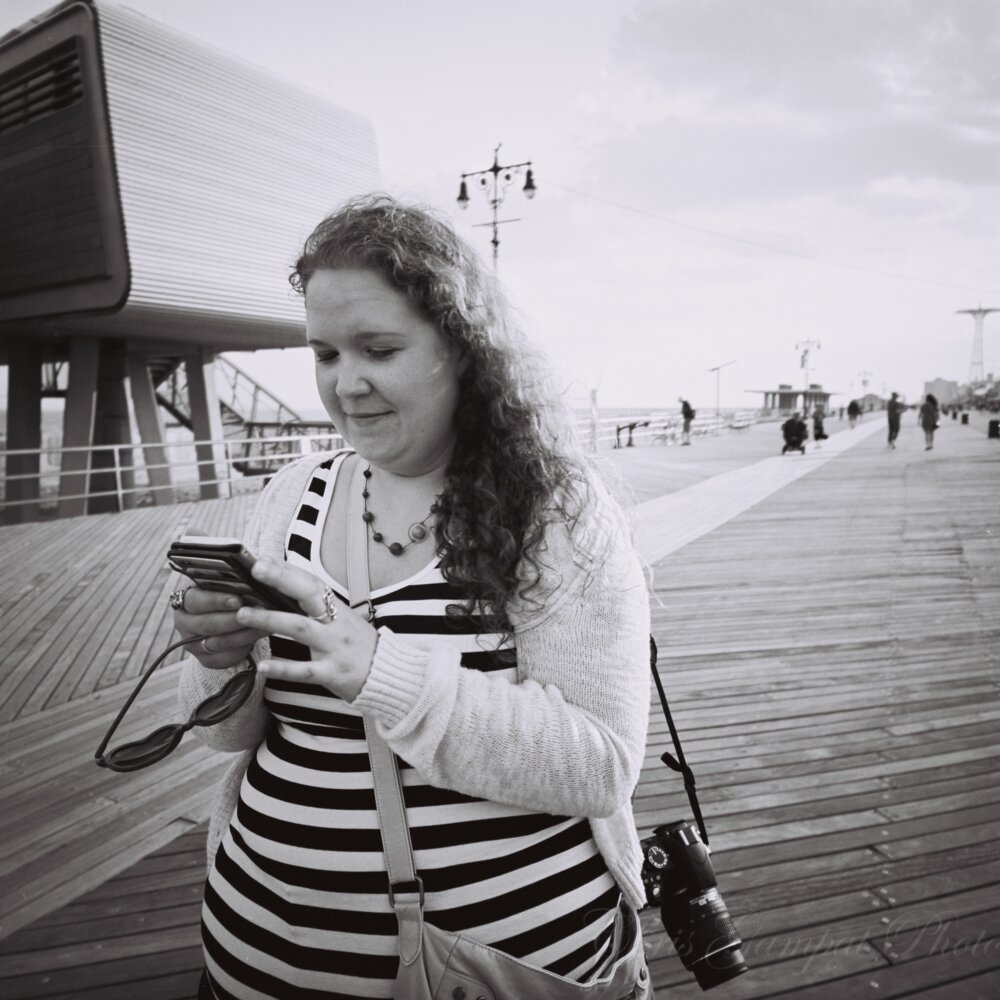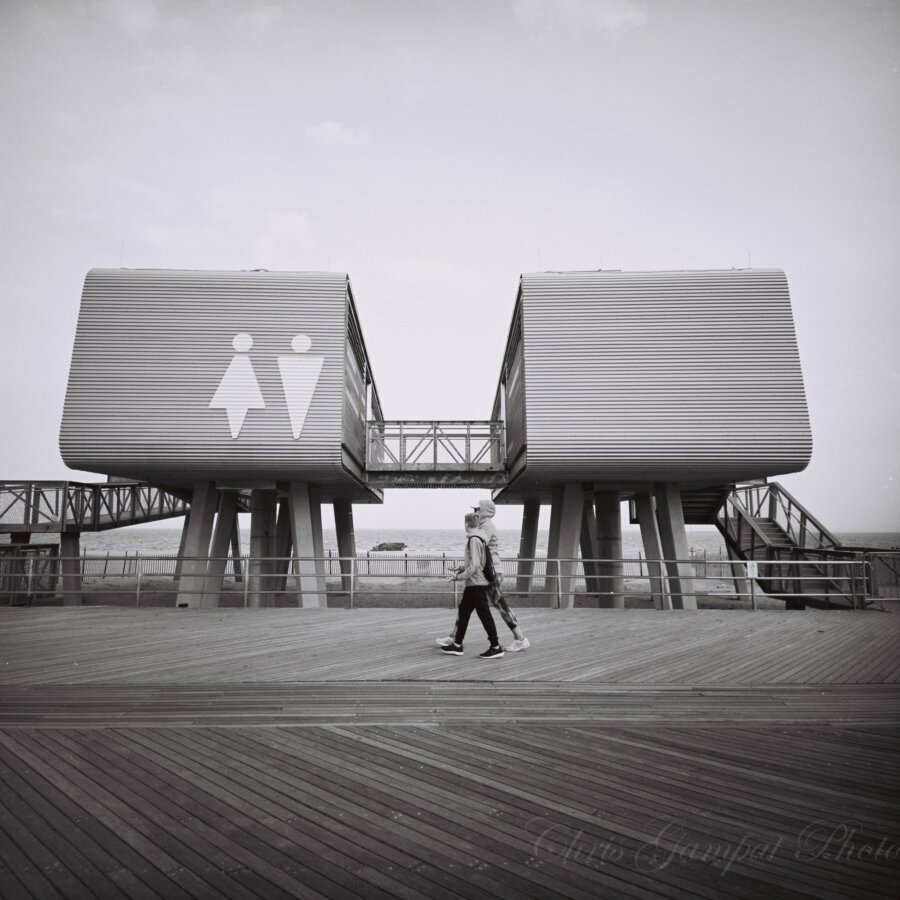120 Film: An Analog Crash Course For The Digital Photographer (Premium)
Film is in the air, everyone is talking about it and the resurgence that it is having in the marketplace right now: led primarily by photographers discovering it and its unique look-n-feel for the first time. If you are one of these photographers who has grown up with digital, you may find the idea of jumping into the film world a little daunting.
But that is why we are here today, to give you a quick overview of working with film, things to consider, avoid, and how to look at working with film differently than working with digital. The end results may be somewhat similar, but there really are things that you can do with digital that you can’t with film, and on the flip side, things that you can do with film that you really can’t with digital.
Let’s first start out by getting out of the way the idea that one format is better than the other. This is just not true, both film and digital have their strong points and are suited well for different people in different ways. So don’t get yourself caught up in a debate with yourself or others over whether or not one is better than the other. Just enjoy them for what they are, their similarities, and their differences.

Okay, assuming you have grown up on digital, and this is your first attempt (or at least your first serious attempt) at shooting with 120 film then chances are that you have learned photography in either the APS-C or Full Frame 35mm format. The biggest difference between these formats, which should be apparent to you from the beginning is their size. Just like the look and feel of full frame 35mm is different from that of APS-C, the difference between 120 Film (in whichever format the camera you are using is shooting in, be it 645, 6×7, etc) and 35mm is even more apparent.
We also need to talk about loading 120 film, because even if you have experience with 35mm film, 120 is a totally different beast in terms of how you load it. You see, 120 film comes on rolls, so it’s just one long roll of film. When you load it, you feed on end into a roller on your camera and then wind the film to the start point – which is usually marked with an arrow (and sometimes even says start)Once you get the roll to that point, you close the window and then wind again until the number counter on your camera says 1. Then you are ready to shoot.

The first thing you will want to do when you start shooting this 120 film is to learn how to visualize your shot. You won’t have an EVF or LCD to review your image after the fact, so you need to be able to see the scene, choose an exposure, and take a shot without being too far off. The best way to do this is to practice. Go out and shoot random, unimportant things. Visualize a shot and take some exposures. Get the roll developed and then see how you did. Take notes on where you goofed up (too bright, too dark, shutter to slow, too fast, etc), then go out and try again. Keep doing this until you are able to visualize a shot and accurately produce that shot within a margin of error that is acceptable to you.
Film loves light, this is mostly true across the board, if you are unsure of exactly what exposure you want for your image, it is almost always better to err on the side of overexposing than underexposing. Unlike in digital photography where you can more or less pull up shadows or highlights just as easily as the other, with film it is much easier to get a usable image from an overexposed shot than an underexposed one.
What you will also notice about 120 film is how much more dynamic range it has in the highlights sooc (straight out of camera). Most of the latest generation digital cameras are capable of more dynamic range than film now, but that dynamic range must be unlocked with post-production. Film has more dynamic range in general right from the shutter, and it can be pushed even more if you develop it yourself in a darkroom. However, as noted, with as simple as processing is with Digital these days you will likely be used to more overall dynamic range out of your images – though you will likely be surprised at how much highlight detail is retained on your film images where on digital you would likely just be a blown out mess.

Ao you may ask yourself why you would want to shoot with 120 film over another format, say 35mm. The biggest reason is that it gives you access to a larger format look at a price that is still very easy to afford. Medium Format digital is still really expensive, and despite the new Fujifilm GFX being the most affordable yet, at $6500 it is still out of reach to most photographers. This means that if shooting medium format is something that you would like to do, if the look is something that you want to go for, then the most cost-effective way for you to do that these days is still shooting Film.
Another obvious reason to 120 film a try is the resolution difference between it at 35mm film. You will be able to get crisper and larger prints with 120 film that you will with 35mm film, as well as more detail in your scans thanks to the larger negatives.
One downside to 120 film that you need to take into account is the limited selection of available films still available in 120, most of the big name brands still produce the popular films is both 35mm and 120. But you may have trouble finding 120 of the smaller niche films you may try to look for.
Luckily pricing for development and scanning isn’t going to be much, if any different shooting 120 or 35mm film. In fact, one lab we researched was actually charging more for 35mm scans than 120 scans. For most labs though, the cost for development and scanning was identical for 120 film and 35mm film.
You could also, if you wanted, develop and scan your own film. But that is a topic for another day. Suffice it to say that there is no reason to look at 120 film as any more daunting to shoot than 35mm, sure the characteristics are a little different (finer grain for example) but in the end it is still film, and it is still held to the exposure rules you use with your digital or 35mm cameras. So go out and give it a try, 120 is nothing to be feared, but rather, embrace it and enjoy the wonderful world of Medium Format Photography.
